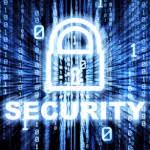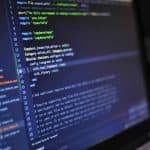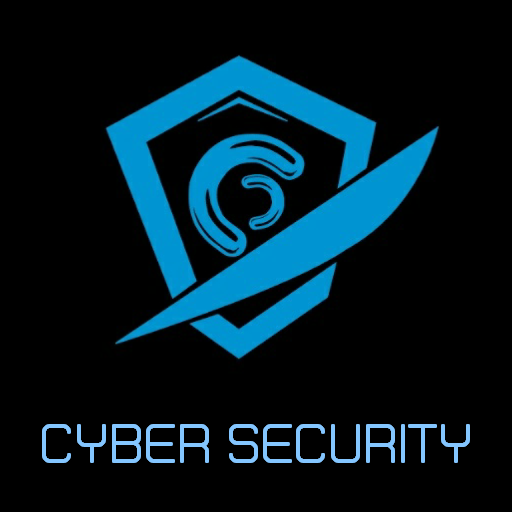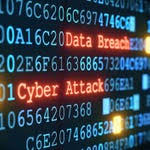What is RDP (Remote Desktop Protocol)? Your Gateway to Remote Access.
The ability to access and control computers remotely is more important than ever. One of the key technologies that makes this possible is Remote Desktop Protocol, or RDP. In this article, we’ll delve into the world of RDP, uncovering its functionality, its significance in modern computing, and the security measures that keep your data safe.
What is Remote Desktop Protocol (RDP)?
Simply put, RDP is a proprietary protocol developed by Microsoft that allows users to connect to and control a computer from a remote location over a network connection. Imagine sitting at your home computer and using it to access and control your office computer as if you were sitting right in front of it. That’s the power of RDP.
How Does RDP Work?
RDP essentially transmits keyboard and mouse input from the client (the computer you’re connecting from) to the server (the computer you’re connecting to). The server then sends back screen updates to the client, providing a real-time, interactive desktop experience. Think of it as a virtual mirror, reflecting the server’s desktop onto your client device.
Key Functionalities Enabled by RDP:
RDP unlocks a wide range of functionalities, making it invaluable for various applications:
* Application Access: Run applications installed on the remote computer as if they were running locally. This is particularly useful for accessing software not installed on your current device.
* File Transfers: Seamlessly transfer files between your local and remote computers. Share documents, images, and other files without the need for external storage devices or cloud services.
* Task Management: Remotely manage tasks, troubleshoot issues, and perform administrative functions on the server.
* Remote Support: Provide technical support to users remotely, diagnosing and resolving issues without physically being present at the user’s machine.
* Centralized Computing: Access powerful resources and applications housed on a centralized server, reducing the need for expensive hardware on individual user devices.
RDP in the Real World:
The applications of RDP are vast and varied:
* Business: Employees can access their work computers from home, on the road, or from other offices, ensuring business continuity and increased productivity.
* Education: Students can access virtual labs and educational software remotely, facilitating distance learning.
* IT Support: Technicians can provide remote assistance to users, resolving technical issues quickly and efficiently.
* Personal Use: Access your home computer from work, allowing you to retrieve files, access applications, or perform tasks while away.
Security: A Paramount Concern
Given the sensitive nature of remote access, security is paramount. RDP incorporates several measures to protect your data and ensure secure connections:
* Encryption: RDP encrypts data transmitted between the client and server, preventing eavesdropping and unauthorized access.
* Network Level Authentication (NLA): NLA requires users to authenticate before establishing a full RDP connection, mitigating the risk of denial-of-service attacks and improving security.
* Authentication Methods: Strong authentication methods, such as multi-factor authentication (MFA), can be implemented to verify the user’s identity before granting access.
* Firewall Configuration: Configuring firewalls to allow only authorized RDP traffic is crucial for preventing unauthorized access attempts.
* Regular Security Updates: Keeping both the RDP client and server software up to date with the latest security patches is essential for protecting against known vulnerabilities.
In Conclusion:
Remote Desktop Protocol (RDP) is a powerful and versatile technology that enables secure and seamless remote access to computers. Its ability to provide a near-native desktop experience from anywhere in the world makes it an indispensable tool for businesses, educators, IT professionals, and individuals alike. By understanding the functionalities of RDP and implementing robust security measures, users can leverage its benefits while safeguarding their sensitive information. So, whether you’re looking to access your work computer from home, provide remote support, or simply manage your devices from a distance, RDP offers a reliable solution.







